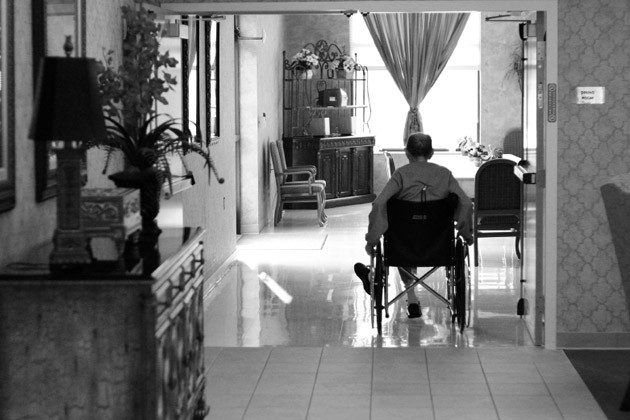Senior Housing Execs to Double Down on Training in 2014 Senior Housing News
Post on: 16 Март, 2015 No Comment

When it comes to issues that keep senior living providers up at night, training is at the top of the list, agreed executives at the 2013 annual NIC conference, especially as its tied so closely to care.
A huge component of quality care is staff training, the participating executives said, and many providers are already developing and finessing their own training programs.
Capital Senior Living (NYSE:CSU) has employees attend whats called the Capital Senior Living University in Dallas for a comprehensive, three to four day training program. Regional directors play a big role in training, says CEO Larry Cohen.
Our philosophy is to empower communities to operate at autonomous businesses. Its based on a very strong regional infrastructure, he said during the NIC session.
Capital Senior Living used to primarily own and operate independent living communities but in the last few years has transformed its portfolio to almost 50% assisted living units through acquisitions and unit conversions.
As a result, the company has been forced to take a much closer look at the clinical, safety, and risk management sides of the business, Cohen said, using both in-house and third parties to train staff in communities along with webinars.
We have mechanisms where we grade our communities, said Cohen. The company is seeking ways to measure outcomes, too, as part of its core philosophy to improve the quality of care to residents.
Each community is graded on a regular basis on categories such as mitigation management, documentation, dietary, activity programs, and quality of staff. The company then creates action plans for any community with grades beneath 90%.
Vi Livings approach is very similar, according to company president Randy Richardson. The company has about 3,000 employees across its 10 CCRCs and plans to spend $2.5 million on training or training-related programs in 2014.
Thats the level of commitment weve made in the organization, Richardson said. Its as important as reinvesting capital into the asset.
Turnover at Vi communities is at about 19%, he said, about half of which is voluntary on the part of the company. The retention rate for assisted living employees in 2011, meanwhile, was 73%, according to a survey conducted by the National Center for Assisted Living with collaboration from several other industry trade groups.
Richardson attributed the companys lower turnover to its training and reinvestment policies.
We decided we want to be a learning organization, he said, adding that hes a champion of investing in his employees. When you reinvest in your people, they dont leave. They tend to stay. I found training as a mechanism, a way to reinforce the culture of what we want to deliver in our communities.
What senior living providers deliver is service and care, said Richardson.
Its a great investment, and its a great return on investment to make that kind of commitment to the employees and the organization.














